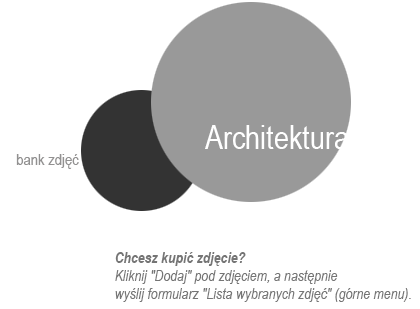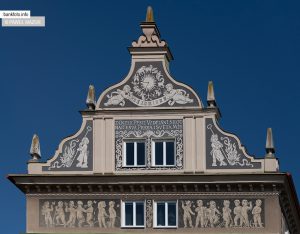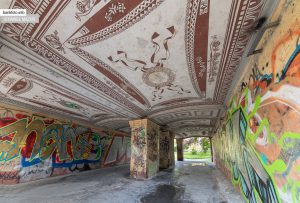Sorela – to czeska nazwa realizmu socjalistycznego w architekturze. Jego idealnym przykładem jest Poruba, robotnicza dzielnica powojennej Ostrawy; stalinowski barok z attykami, kolumnami i dekoracyjnym malarstwem ściennym. Tu w latach 50. XX wieku powstało nowe centrum, socjalistycznej, ideologicznej architektury Ostrawy, które dzisiaj przedstawia się jako wygodne, zielone i przestronne miejsce do życia. Dzielnica powstała w latach 1951-57 według projektu architektów Stavoprojektu Praha i Stavoprojektu Ostrava. Bywa równie monumentalna jak krakowska stara Nowa Huta, ale bardziej dekoracyjna (sgraffito, reliefy, rzeźby) i bardziej swojska (trzepaki, piaskownice, prywatne ścieżki). Wliczając mieszkańców okolicznej „wielkiej płyty” w Porubie mieszka ok. 80 tys. ostrawian.
Ostrava Poruba. Sorela – this is the Czech name for socialist realism in architecture. Its ideal example is Poruba, a working-class district of post-war Ostrava; Stalinist baroque with attics, columns and decorative wall paintings. Here, in the 1950s, a new center of the socialist, ideological architecture of Ostrava was built, which today presents itself as a comfortable, green and spacious place to live. The district was built in 1951-57 according to the design of architects Stavoprojekt Praha and Stavoprojekt Ostrava. It is as monumental as Krakow’s old Nowa Huta, but more decorative (sgraffito, reliefs, sculptures) and more homely (beaters, sandboxes, private paths). Including the inhabitants of the surrounding „large slab”, approximately 80,000 people live in Poruba. Ostravian.










